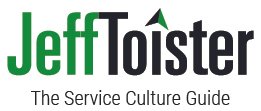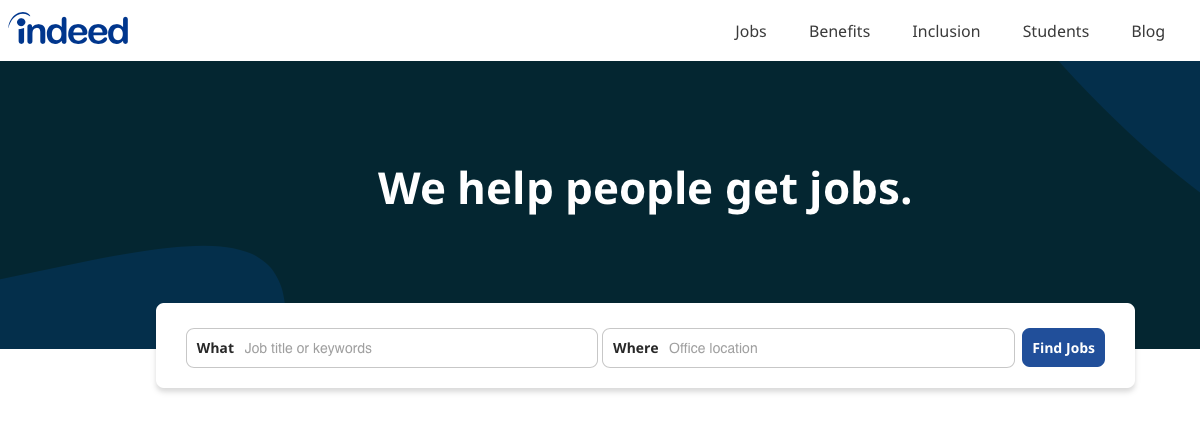What comes to mind when you think of a customer service escalation?
Is it an angry customer demanding to speak to a supervisor?
Perhaps it's Tier 1 support transferring a customer to Tier 2?
Maybe a big issue requires another department to get involved?
There's no shortage of those types of escalations this time of year, but there's one escalation that's often overlooked: the escalation from self-service to human-service.
That escalation is often clunky, frustrating, or even painful for customers. Rather than solving problems, this escalation can get so badly bungled that customers are even angrier at the end.
Here's an example of one of those situations. I hope it's instructive.
Initial contact: web portal
How easy do you make it for customers to help themselves?
Simple, intuitive self-service options can prevent a lot of escalations. Most customers are happy to solve simple issues on their own if it's easy.
I logged into my wireless phone service account after unexpectedly receiving a $15 credit. While it's great to get money back, I suspected there might be a problem.
Unfortunately, billing information was difficult to find. The website was poorly organized and I couldn't find a transactional record of payments and credits.
This caused the first escalation.
First escalation: chatbot
The website offered more help via chat, so I tried it.
This is an escalation, since I'm going from self-help to a conversational channel. What I didn't realize was that "chat" really meant "chatbot."
Wedging a chatbot in between traditional self-service and a live person is almost always unnecessary friction. There are two things you should know about this:
Customers feel better about self-service when they know a human is ready to help.
Research shows customers really don't like chatbots.
My wireless provider probably went the chatbot route because it also sells chatbots. Unfortunately, my experience was a poor showcase:
A chatbot worth its salt would be able to answer the question directly. This one couldn't. I’m pretty sure it didn’t understand my question at all.
The next response was unhelpful, so I typed “human.” This prompted another unhelpful response. We danced around a few times before it finally connected me with a live agent.
Second escalation: live chat agent
Customers are understandably frustrated when their issue gets escalated a second time.
This puts the customer service agent in a difficult position. Adding too much friction to the escalation process makes customers more judgmental and less open to ideas.
The agent's job gets even harder when the company views this first live chat agent as an initial, Tier 1 contact. These agents often have little training and limited access to important systems. Their interactions are also highly scripted, which makes it more difficult to empathize with upset customers.
My wireless company didn't do itself any favors by identifying the employee as "Agent" in the chat rather than by name. It was a really dehumanizing experience.
It also didn’t make my previous chatbot conversation visible to the live agent, so we had to start over again.
To make matters worse, I had to wait several minutes between responses. This was likely because the agent was chatting with several other customers simultaneously.
I typed “Hello” a few times before getting another reply.
Now things really took a nosedive. I was on the second escalation, but the rep was clearly at a disadvantage:
They were dehumanized by being labeled "Agent."
Handling multiple chats at once made them slow to respond.
The rep didn't have access to the billing system needed to see the issue.
We went back-and-forth a few more times. Finally, the agent decided this issue needed to be escalated. Here's where the customer and company viewpoints really diverge.
Company perspective: This was the first escalation. The frontline chat agent couldn't solve the puzzle, so they escalated my issue to the "offline review team."
Customer perspective: This was the third escalation. Now I'm a really sad customer.
Conclusion
"Agent" assured me the offline review team would respond in 7-10 days. They never did.
It's a sad, but common tale of a company mishandling escalations at every turn. I received another $15 credit the following month. Once again, there was no explanation to be found.
Suddenly, I’m thinking about switching providers over a recurring $15 credit.
There are some companies out there that are really nailing escalations from self-service to live agent. They’re making it a pleasurable experience that improves loyalty rather than killing it.
Check out this post for some more examples of escalations, including a great example from Osprey.

















